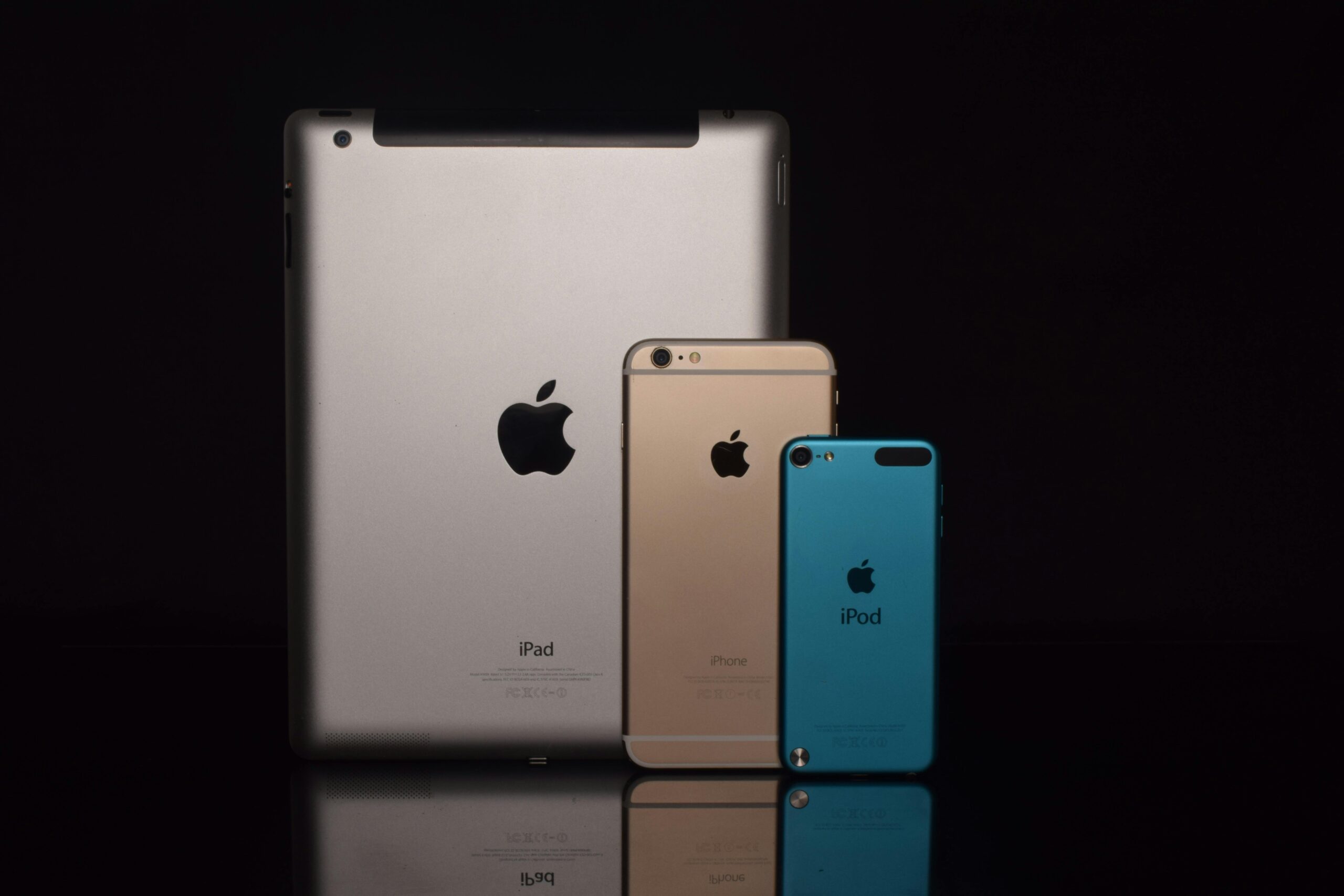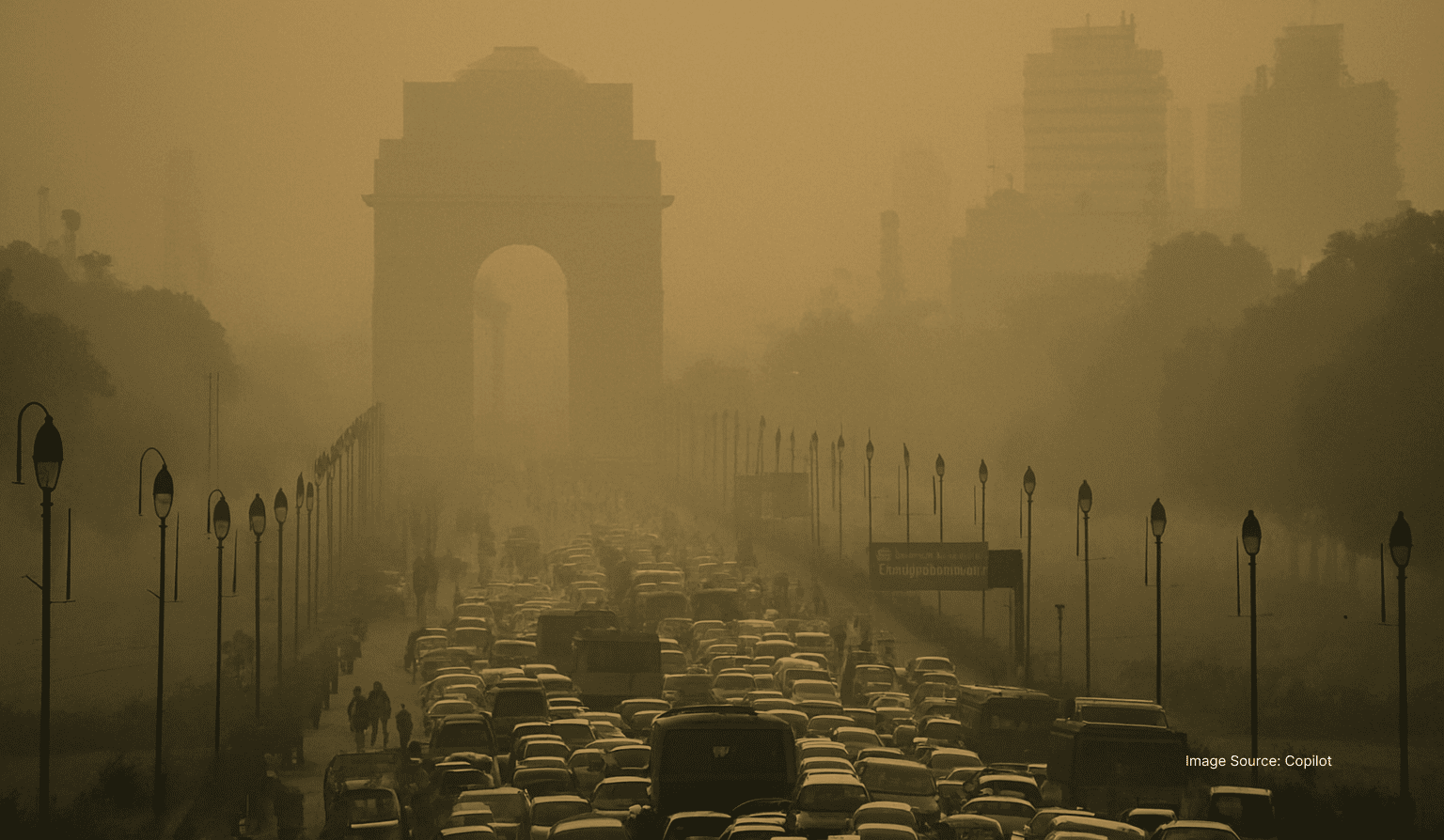Apple—the world’s most valuable tech company and the brains behind your iPhone—is once again walking a tightrope between politics and production. Former U.S. President Donald Trump is back in headlines, and this time, he’s targeting Apple’s global manufacturing strategy. His message? Make it in America—or pay the price, with a looming 25% tariff on iPhones manufactured outside the U.S., including those made in India.
The Threat: A 25% Tariff on iPhones Made Outside the U.S.
In a move that has raised tensions in the tech and business worlds, Trump announced a proposed 25% tariff on iPhones not made in the United States. The former president’s direct demand is clear: “Apple must bring its manufacturing home.”

While Apple has long relied on its vast production ecosystem in China and more recently India and Vietnam, Trump’s threat could disrupt the supply chain logistics it has finely honed over many years. And Wall Street took note—Apple shares fell more than 2% in premarket trading following the news.
But is the move realistic? Experts aren’t so convinced. Moving iPhone production to the U.S. isn’t as simple as flipping a switch.
“It will easily take 5 to 10 years. And the price of an iPhone? It could go up to about $3,500,” warns supply chain strategist Raj Malhotra.
All Eyes on India
Ironically, Trump’s tariff threat comes at a time when Apple is trying to double down on India as a manufacturing hub. In partnership with longtime supplier Foxconn, Apple is investing $1.5 billion in a new display assembly plant near Chennai, Tamil Nadu. This isn’t just a small step – it’s a fundamental shift.

The facility is expected to employ more than 14,000 workers, and by the end of 2026, Apple plans to have all iPhones sold in the U.S. made in India. It’s part of a broader diversification strategy in the wake of COVID-era factory closures in China and rising geopolitical tensions.
Apple CEO Tim Cook has already made multiple visits to India this year and met with top government officials to secure long-term commitments. The company is clearly betting big on India not just as a manufacturing base – but also as a growing consumer market.
WWDC 2025: The AI Angle
Meanwhile, in Cupertino, Apple has another card up its sleeve: artificial intelligence. At next month’s Worldwide Developers Conference (WWDC), Apple is expected to unveil developer access to its proprietary AI models.
While companies like OpenAI and Google already dominate the early AI race, Apple is taking a more controlled approach – tightly integrating AI into Siri, iOS and its devices while ensuring user privacy.
“We don’t just want smart phones. We want better experiences – more human, more intuitive,” said one Apple engineer involved with the project.
This AI-first future could be Apple’s way of deflecting attention from its manufacturing woes – reminding the world that innovation is still at its core.
Innovation vs. Interference
Apple is used to disruption—but this time, it’s not just tech innovation or supply chain hiccups. It’s political pressure that could upend one of the world’s most sophisticated global operations.
Whether or not Trump’s tariff ever becomes law, one thing is clear: Apple’s next big battle might not be with Samsung or Google—it could be with Washington.
For now, consumers can breathe easy. Your next iPhone isn’t going to cost $3,500 tomorrow. But behind the scenes, Apple is racing to stay ahead—one country, one factory, and one innovation at a time.




